On Scottish Books: Fiona Campbell-Howes
Notable writers and readers share five of their favorite Scottish titles.
For Volume 4 of ‘On Scottish Books’, we are joined by Fiona Campbell-Howes. Fiona is a fellow Pictish Arts Society committee member and a PhD student at University of Glasgow. Take it away Fiona!
I’ve just embarked on a PhD at the University of Glasgow, researching the early medieval Moray Firthlands in northern Scotland. My period spans from 500 to 1000 AD, which is a long stretch of time for a historian!
Nobody has ever written a history of the Moray Firth region during what used to be called the Dark Ages, for a very good reason: barely any writing survives from the period. Instead, I have to be creative, drawing together scraps of evidence from textual sources, place-names, objects, sculpture, archaeology and even the landscape and waterscape of the Firthlands.
When Lilly asked if I would write about my top five favourite Scottish books, I thought I would share some of the more accessible—but academically sound—books that I use in my research.
If you’re interested in the age of the Picts, from its beginnings in the Roman era to the coming of the Norse to Scotland and the creation of the Gaelic kingdom of Alba, these books will give you a superb and multifaceted introduction to this fascinating period.
1. Picts: Scourge of Rome, Rulers of the North by Nicholas Evans and Gordon Noble
One reason the Picts have a reputation for being mysterious and otherworldly is that they left very little evidence of their everyday existence. Now, thanks in large part to the University of Aberdeen’s Northern Picts project, more and more Pictish archaeology is coming to light.
This book is a superb overview of the latest Pictish history and archaeology, combining archaeological detail by Professor Gordon Noble with historical context by Dr Nicholas Evans.
It’s divided thematically, exploring everyday life; power, warfare and kingship; religion and the coming of Christianity; burial and commemoration practices; and Pictish symbols and writing. It covers so much ground that even if you’re pretty familiar with the Picts, you’ll find something—or more likely many things—new here.
And it’s all presented in a highly readable style with plenty of recommendations for further reading, making it a great entry point into the world of current Pictish Studies. You can read my full book review here.
2. From Caledonia to Pictland: Scotland to 795 by James Fraser, From Pictland to Alba, 789–1070 by Alex Woolf, and Conceiving a Nation: Scotland to AD 900 by Gilbert Márkus
So I’ve cheated here and included three books in one, because I wanted to include a conventional history book and couldn’t choose between these three!
The political history of the Picts (and the Britons, Gaels and Norse) is very hard to write due to the lack of textual sources. In the late 2000s James Fraser and Alex Woolf divided the challenge between them to produce the first two books in the New Edinburgh History of Scotland series.
Fraser covers the comparatively well-documented early history from the Romans to the coming of the Vikings—including the momentous battle of Dún Nechtain (Nechtanesmere) in 685—while Woolf tackles the extremely obscure period between the first Viking raids and the formation and consolidation of the kingdom of Alba.
Together, these rigorously academic but accessibly-written books show that much of what we ‘know’ about the early history of Scotland is based on sketchy evidence that could be interpreted multiple ways. In particular, Woolf lays out the textual evidence and shows how to assess its reliability: a crucial skill for any aspiring (or armchair) historian of early medieval Scotland.
While Fraser and Woolf have written political histories, Gilbert Márkus casts the net wider for his engaging and highly readable short history of first-millennium Scotland. His chapters are broadly chronological, but tackle themes including the emergence of kingdoms, the development of the early church, justice and society, and the advent and acculturation of the Norse. A great introduction to the early medieval history of Scotland.
3. The Art of the Picts: Sculpture and Metalwork in Early Medieval Scotland by George and Isabel Henderson
The Picts are perhaps best known for their intricately-carved stone sculpture, much of it bearing the famously inscrutable Pictish symbols, whose meaning and function have been forgotten.
The symbols are so mysterious and beguiling that it’s sometimes easy to forget that the symbol stones are only one aspect of the rich sculptural legacy left to us by the Picts. And it’s even easier to forget that they didn’t just leave us their fascinating stone sculpture, but also highly-accomplished metalwork that speaks to their supreme creativity and craftsmanship.
In this landmark study, the foremost experts on Pictish art explore the broad corpus of sculpture and metalwork, analysing stylistic choices, the meanings behind the iconography, the cultural and intellectual influences at play, and the place of Pictish art in the wider Insular (British and Irish) repertoire.
By placing Pictish art in its wider social and cultural context, the Hendersons open up perspectives on early medieval Scotland that are difficult or impossible to grasp from the written sources. This book is a great deep-dive into the intellectual world of Pictish artistic endeavour, and an essential counterpoint to the stereotype of Picts as warlike barbarians.
4. Crucible of Nations: Scotland from Viking Age to Medieval Kingdom by Adrián Maldonado
The gorgeous photography in Adrián Maldonado’s Crucible of Nations means it could easily be mistaken for a coffee-table book. But although it does indeed look great on a coffee table, it’s much, much more than that.
Adrián is the Galloway Hoard Researcher at the National Museum of Scotland, whose work includes reappraising the vast array of early medieval objects in the museum’s collection.
Here, he uses his expertise to recount Scotland’s Viking-age history through its material culture: from the lone mill-wheel paddle from Dalswinton in Dumfriesshire that speaks to early medieval engineering, to the ‘Viking’ balance beam from Croy in Inverness-shire that turns out to have Anglo-Saxon runes, telling a more complex story about trade and mobility.
The book benefits from the museum’s exceptional photography throughout, bringing us up close to stunning objects like the Hunterston brooch and the famous Lewis chessmen. For anyone interested in the ninth to twelfth centuries in Scotland, this book provides an expert guided tour of the Museum’s extensive collection.
5. The Celtic Place-Names of Scotland by William J. Watson
I rely a lot on place-name evidence in my research, and this book, first published in 1926, is always the first one I reach for. W.J. Watson (1865–1948) is unquestionably Scotland’s greatest place-name scholar, and has set the standard for Scottish place-name studies ever since.
This book is a must-have for anyone interested in how Scotland’s rivers, mountains, hills, towns and villages got their names. It covers names coined in Celtic languages (including Gaelic, Cumbric and Pictish, but not Scots/English or Old Norse) from prehistory until the modern era.
As well as providing insights into how places got their names, it’s a great demonstration of how to do place-name research. Watson shows that the earliest-recorded forms of place-names provide clues that aren’t discernible in their current forms.
Who would know from its modern name, for example, that Loch Ryan in Galloway gets its name from Rerigonion, meaning ‘very royal place,’ the seat of the ruler of the Iron Age Novantae people?
The latest (2011) edition sadly seems to be out of print now, but the publisher Birlinn sells an ebook version, and you can pick up reasonably-priced second-hand copies online.
A word on diversity
In lists like this I’m always aware of the diversity (or lack of it) of writers featured. It’s an unfortunate fact that mainstream early medieval Scottish history is a male-dominated field. While there are very many women producing excellent academic work in the field, you’re less likely to find that work on the shelves of your local bookstore. An imbalance that I hope to see corrected in my lifetime!
BIO
Fiona Campbell-Howes grew up in Nairnshire and Moray in the 1970s and 1980s. Having always had an interest in the region’s early medieval past, in 2022 she returned to academia to take an MA in History with Medieval Studies at the University of Birmingham, focusing on the political geography of the later-first-millennium Moray Firthlands. She is now a PhD student at the University of Glasgow, taking an interdisciplinary approach to researching early medieval Nairnshire.
Fiona blogs regularly about her research here on Substack, and you can follow her on Bluesky
Thank you so much Fiona! And thank you all for reading. Stay tuned for future installments of ‘On Scottish Books’!
You might also enjoy:
My Scottish Bookshop Directory and Scottish Wanderlust Book Club :)
Lilly

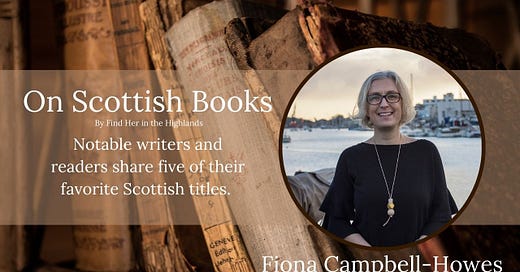




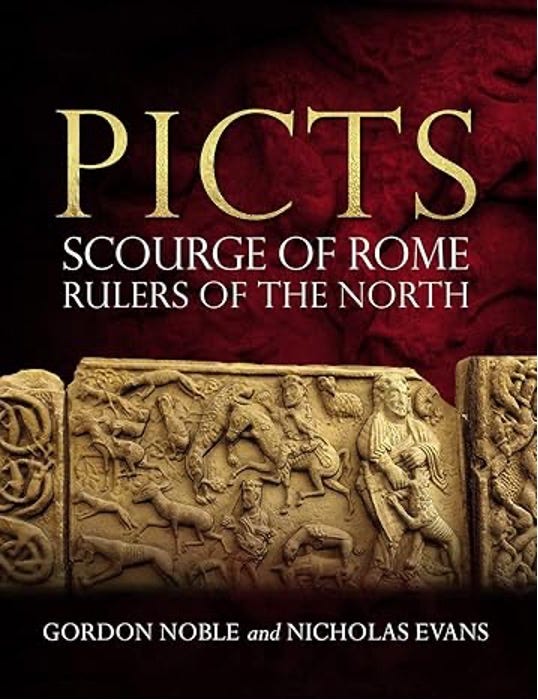

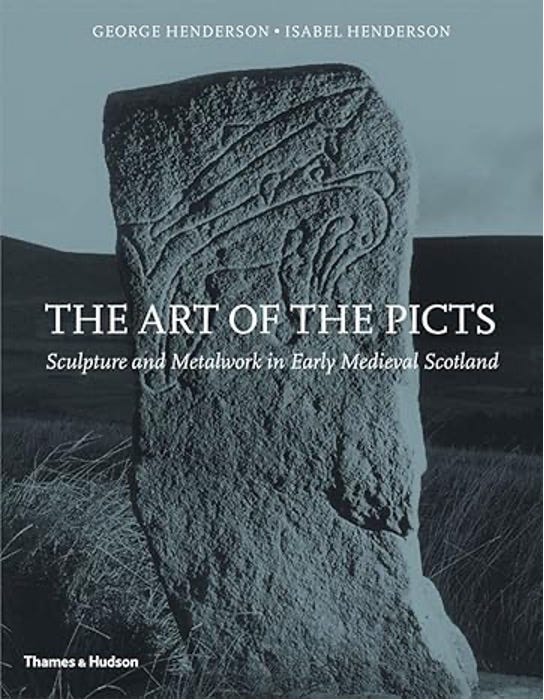
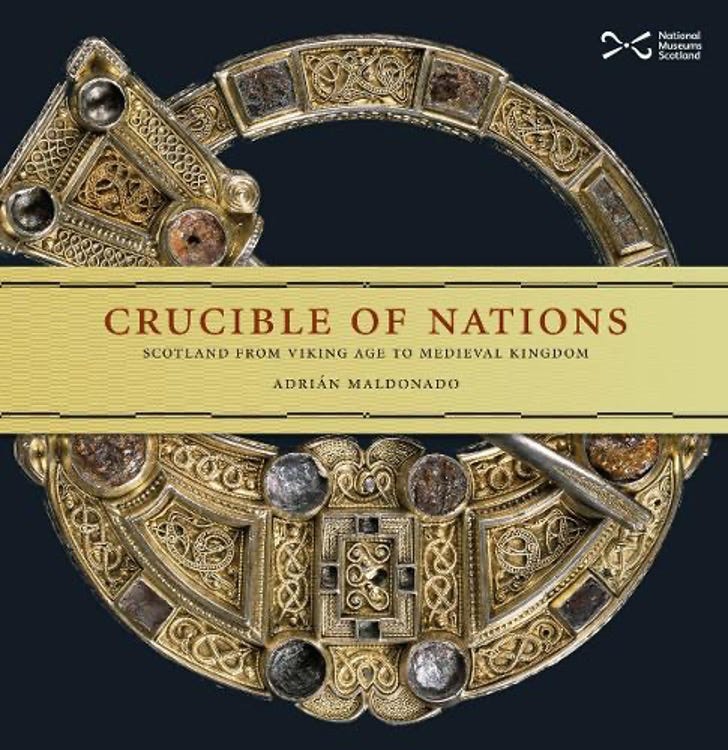
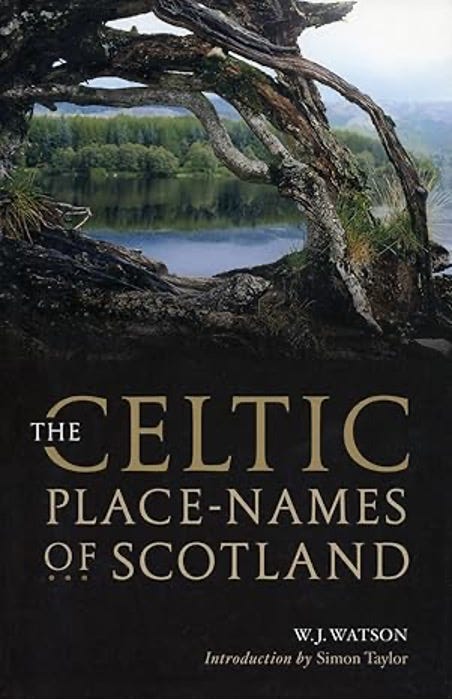

Thanks Lilly for inviting me to contribute!
Thank you for this info. I am researching for a screenplay that tells a story about generational trauma and inheritance. The main character is an American of Scots/Irish/Pict descent who confronts her "home" growing up in the mountains of the Spokane tribal nation in the Northwest of the United States. I am viewing these pict symbols and wonder has anyone compared them to indigenous art in the North Americas? I am also researching the medicinal and healing arts of the character's ancestral past. Is there one of these books that contains such information?